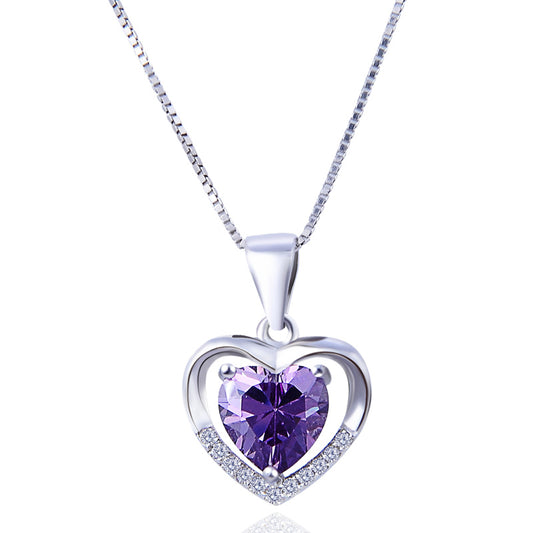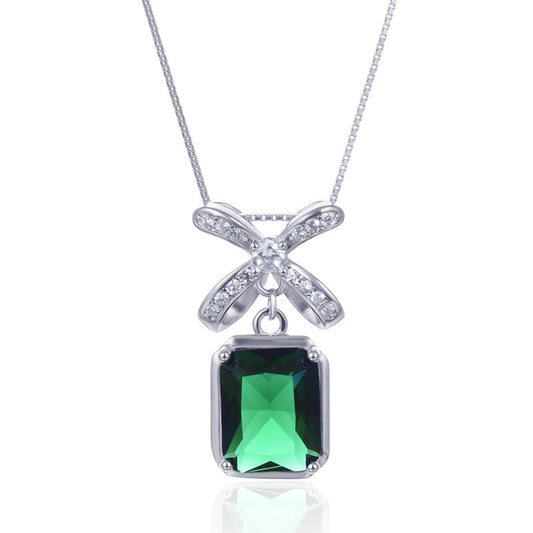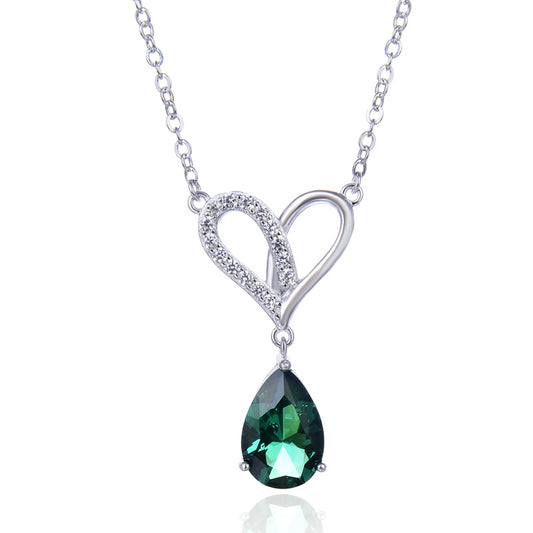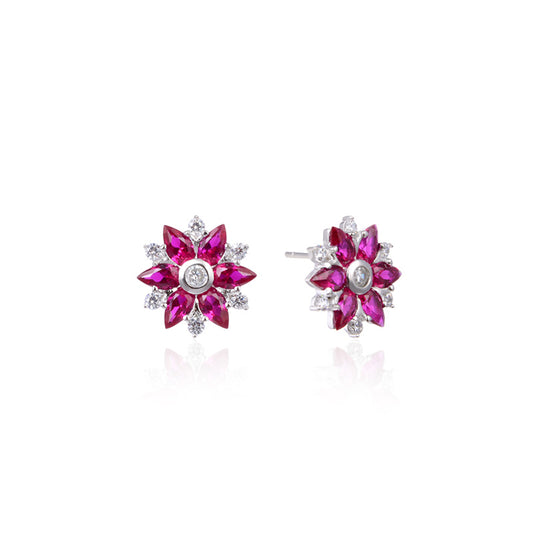What Does 925 on Jewelry Mean?
When shopping for jewelry, you may have noticed the tiny imprint "925" stamped on a piece and wondered what it signifies. This stamp is not just a random number but a crucial indicator of the quality and composition of the jewelry you're considering. Let's delve into the meaning behind this mysterious mark and why it matters.
The Origin of 925
The number 925 relates to the purity of the silver used in the jewelry. It indicates that the silver content is 92.5% pure, with the remaining 7.5% comprising other metals, usually copper. This combination enhances the durability and hardness of the silver, making it more suitable for daily wear.
The use of this standard dates back to the 19th century when jewelers realized the importance of standardizing silver purity. By stamping jewelry with "925," they assured customers of the quality and content of the silver used.
Why Is 925 Silver Popular?
925 silver, often referred to as "sterling silver," is widely preferred in jewelry making for several reasons:
- Durability: The addition of other metals to pure silver increases its hardness, making it more resistant to scratching and denting. This durability is essential for jewelry that will be worn frequently.
- Affordability: Compared to gold or platinum, sterling silver is more affordable, allowing a wider range of consumers to enjoy high-quality jewelry.
- Versatility: Sterling silver can be easily shaped and molded into various designs, making it a popular choice for jewelry designers.
- Lustre and Shine: The combination of silver and other metals produces a beautiful luster that enhances the overall aesthetic of the jewelry.
How to Identify 925 Silver
Identifying 925 silver is relatively simple. Here are a few steps to help you:
- Look for the Stamp: The most obvious way to identify 925 silver is to look for the "925" stamp somewhere on the jewelry. This stamp is usually located on the inside of rings or the back of pendants and earrings.
- Magnetic Test: Silver is not magnetic, so if you have a small magnet, you can use it to test your jewelry. If the magnet sticks, it's likely not silver. However, this test is not conclusive as some other non-magnetic metals may also be used in jewelry making.
- Acid Test: A more advanced method involves using an acid testing kit specifically designed for silver. This test can provide a more accurate result but should be performed with caution as acids can be dangerous.
Caring for 925 Silver Jewelry
To maintain the beauty and longevity of your 925 silver jewelry, follow these care tips:
- Store Properly: Keep your silver jewelry in a dry, airtight container when not in use to prevent tarnishing.
- Avoid Exposure: Be mindful of exposing your silver jewelry to chemicals, such as chlorine or sulfur, which can cause tarnishing.
- Clean Regularly: Use a soft cloth to gently wipe away any dirt or grime that may accumulate on your jewelry. For deeper cleaning, consider using a silver polishing cloth specifically designed for silver jewelry.
In Conclusion
Understanding the meaning behind the "925" stamp on your jewelry not only helps you appreciate its quality but also allows you to make informed purchasing decisions. When shopping for silver jewelry, look for the "925" stamp as a guarantee of its purity and durability. And remember, proper care and maintenance are essential to keeping your silver jewelry looking its best.








